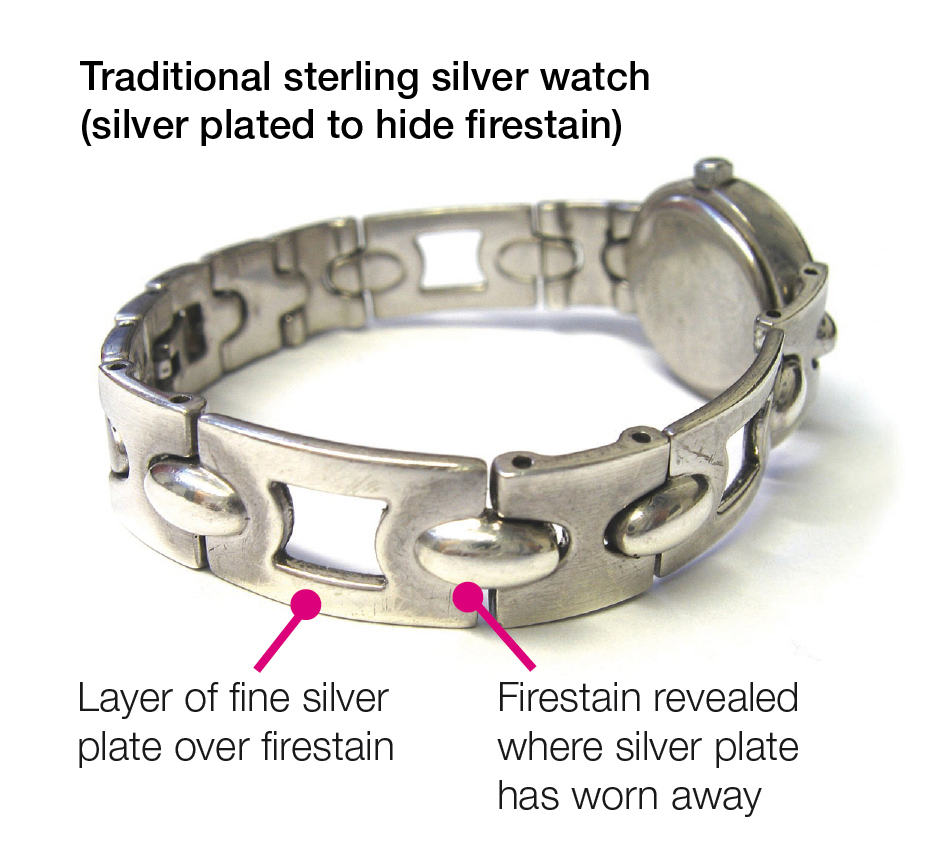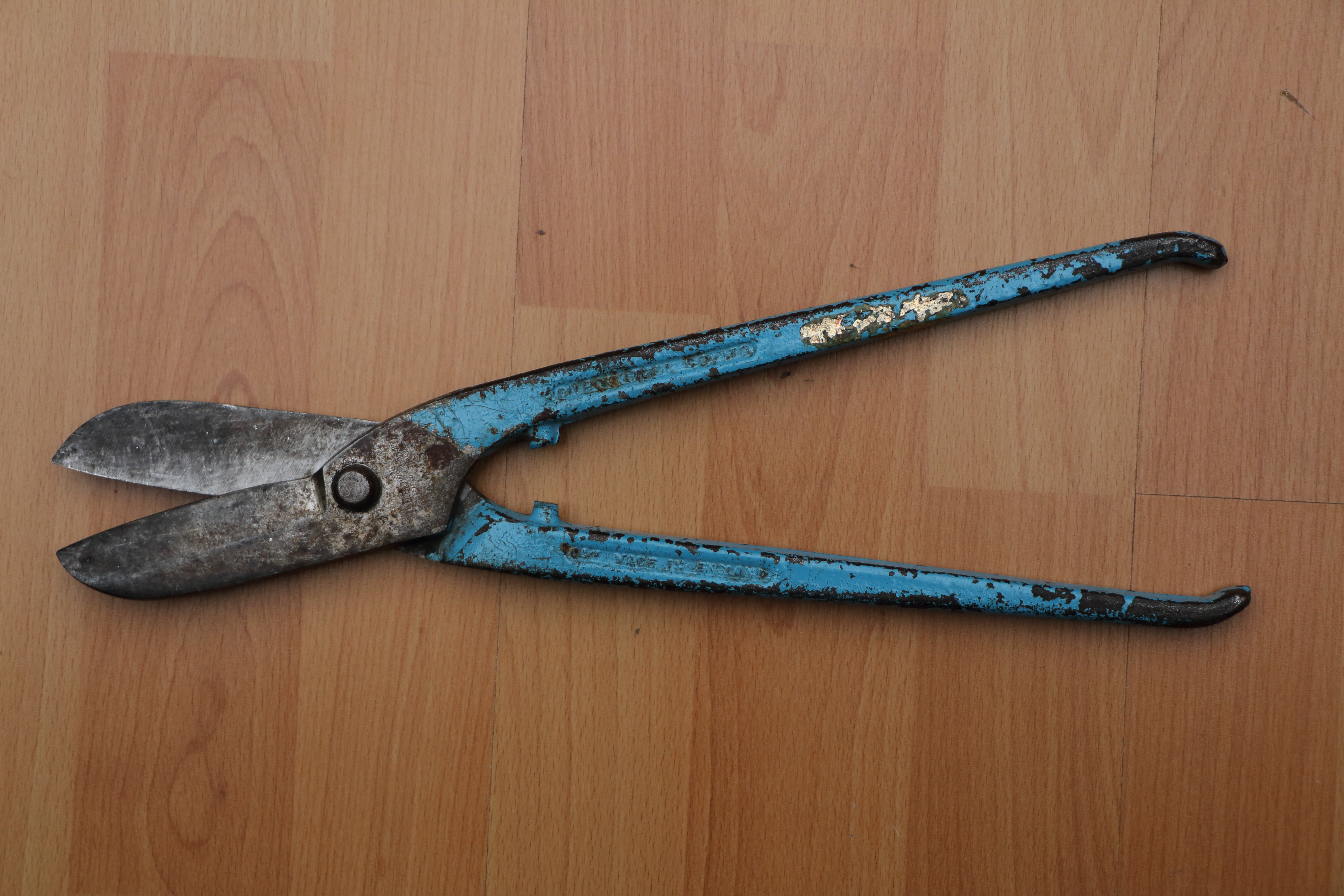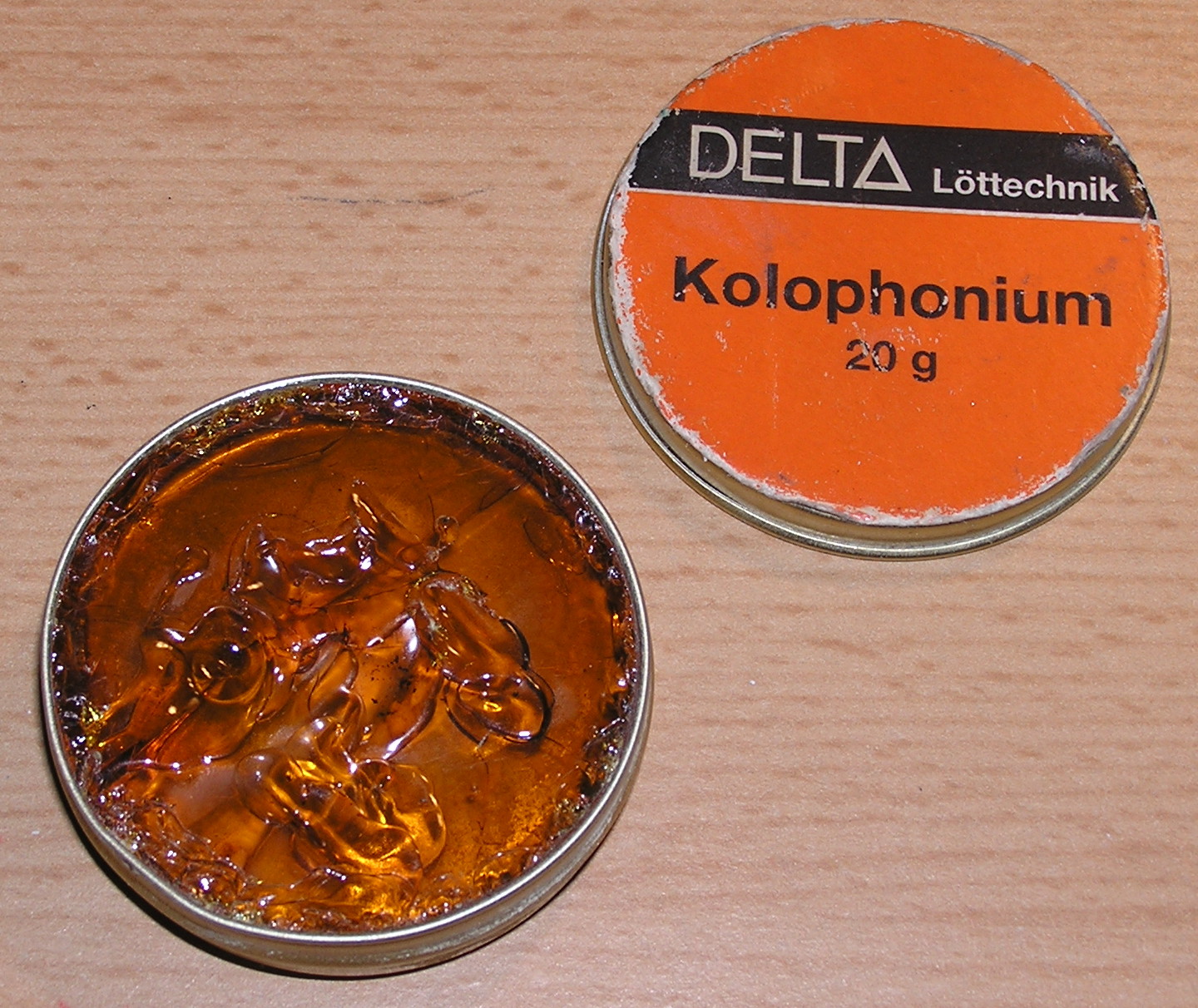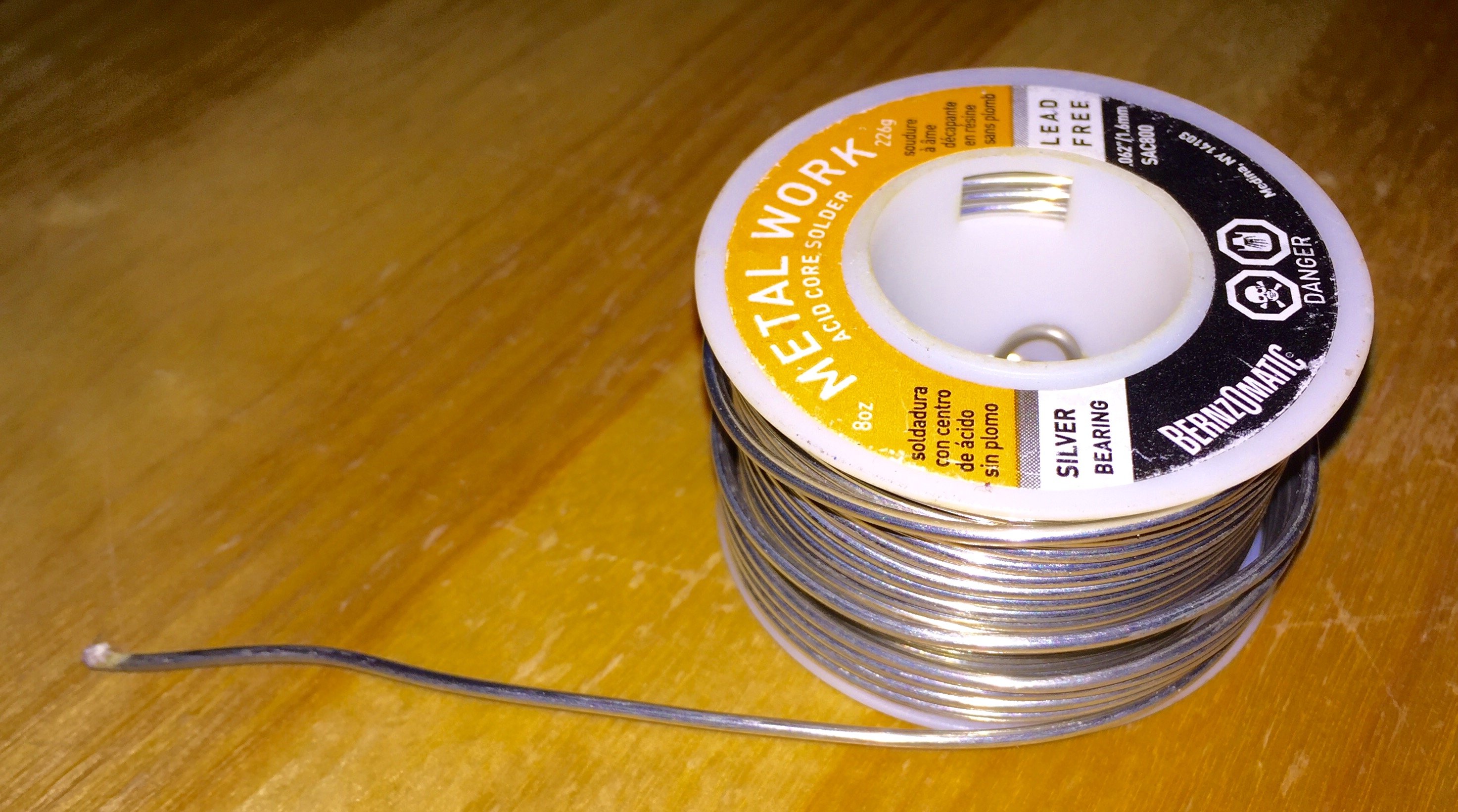|
Silversmithing
A silversmith is a metalworker who crafts objects from silver. The terms ''silversmith'' and ''goldsmith'' are not exact synonyms, as the techniques, training, history, and guilds are (or were, at least) largely the same but differed in that the end product may vary greatly (as may the scale of objects created). History In the ancient Near East (as holds true today), the value of silver was lower than the value of gold, allowing a silversmith to produce objects and store them as stock. Historian Jack Ogden states that, according to an edict written by Diocletian in 301 A.D., a silversmith was able to charge 75, 100, 150, 200, 250, or 300 '' denarii'' per Roman pound for material produce. At that time, guilds of silversmiths formed to arbitrate disputes, protect its members' welfare, and educate the public of the trade. Silversmiths in medieval Europe and England formed guilds and transmitted their tools and techniques to new generations via the apprentice tradition. Silverwo ... [...More Info...] [...Related Items...] OR: [Wikipedia] [Google] [Baidu] |
Firescale
Firestain is a layer of oxides that is visible on the surface of objects made of metal alloys containing copper when the object is heated, as by a jeweler heating a ring to apply solder during a repair. On copper-containing alloys of gold or of silver (such as sterling silver), it presents as a red or purple stain. This is because at high temperatures, oxygen mixes with the copper to form cuprous oxide and then cupric oxide, both of which disrupt the bright polished surface of the finished piece. There are various methods used to either prevent or repair firestain. Preventative methods Firestain can be largely prevented by heating the object in an atmosphere in which the oxygen has been replaced with another combustive gas such as hydrogen or ammonia. Chemical agents called fluxes can reduce firestain when applied to metals before heating. Flux is usually made out of borax but other chemical compounds also have applications as fluxes. Curative methods Techniques such as polishing ... [...More Info...] [...Related Items...] OR: [Wikipedia] [Google] [Baidu] |
Silver
Silver is a chemical element; it has Symbol (chemistry), symbol Ag () and atomic number 47. A soft, whitish-gray, lustrous transition metal, it exhibits the highest electrical conductivity, thermal conductivity, and reflectivity of any metal. Silver is found in the Earth's crust in the pure, free elemental form ("native metal, native silver"), as an alloy with gold and other metals, and in minerals such as argentite and chlorargyrite. Most silver is produced as a byproduct of copper, gold, lead, and zinc Refining (metallurgy), refining. Silver has long been valued as a precious metal. Silver metal is used in many bullion coins, sometimes bimetallism, alongside gold: while it is more abundant than gold, it is much less abundant as a native metal. Its purity is typically measured on a per-mille basis; a 94%-pure alloy is described as "0.940 fine". As one of the seven metals of antiquity, silver has had an enduring role in most human cultures. Other than in currency and as an in ... [...More Info...] [...Related Items...] OR: [Wikipedia] [Google] [Baidu] |
Swami Silver
Swami silver is the name given to a distinctive style of silverware that originated in the South Indian city of Chennai (then called Madras) under the British Raj. It is characterised by figures of Hindu deities. A variety of designs emerged these included: trays, tea sets, tankards, jugs, goblets, ewers, trophies and visiting card cases called Swami, meaning God in Tamil, from its depiction of deities. Swami silver was pioneered and popularised by an English company, P.Orr & Sons. The Orr brothers, Peter and Alexander, arrived in Madras from Scotland in 1843. They made their initial fortune by selling ice, before joining the watchmaker George Gordon & Co. When Gordon retired in 1849, they took over the business and diversified into gold, diamonds and silverware. The jewellery business closed in 1944 at the height of The Second World War. The company went back to its original business of selling watches. In 1875, and when the Prince of Wales visited India in 1876, they wer ... [...More Info...] [...Related Items...] OR: [Wikipedia] [Google] [Baidu] |
Snips
Snips, also known as shears, are metalworking hand tools used to cut sheet metal and other tough webs. Workers use various types of snips, with the cutting edges being straight or curved to various degrees. The style of edge employed will depend if a straight sheer or some type of shape cut is necessary. There are two broad categories: ''tinner's snips'', which are similar to common scissors, and ''compound-action'' snips, which use a compound leverage handle system to increase the mechanical advantage. Types Tinner snips Tinner's snips, also known as tinner snips or tin snips, are one of the most popular type of snips. They are defined by their long handles and short blades. They usually have extra wide jaws and are made of drop forged carbon steel. Depending on the size of the blade, tin snips can cut between 24 gauge (0.64 mm) and 16 gauge (1.59 mm) cold rolled low-carbon tin. They can be ranged in length from long. There are two main types: straight-pattern and ... [...More Info...] [...Related Items...] OR: [Wikipedia] [Google] [Baidu] |
Flux (metallurgy)
In metallurgy, a flux is a chemical reducing agent, flowing agent, or purifying agent. Fluxes may have more than one function at a time. They are used in both extractive metallurgy and metal joining. Some of the earliest known fluxes were sodium carbonate, potash, charcoal, coke, borax, lime, lead sulfide and certain minerals containing phosphorus. Iron ore was also used as a flux in the smelting of copper. These agents served various functions, the simplest being a reducing agent, which prevented oxides from forming on the surface of the molten metal, while others absorbed impurities into slag, which could be scraped off molten metal. Fluxes are also used in foundries for removing impurities from molten nonferrous metals such as aluminium, or for adding desirable trace elements such as titanium. As reducing agents, fluxes facilitate soldering, brazing, and welding by removing oxidation from the metals to be joined. In some applications molten flux also serves as ... [...More Info...] [...Related Items...] OR: [Wikipedia] [Google] [Baidu] |
Rennen Silver Sarcophagus Of Saint Stanislaus
Christopher Michael Taylor, professionally known as Sohn (stylised as SOHN), is an English singer, songwriter and record producer. Following the release of the 2012 EP ''The Wheel'' by Aesop (record label), Aesop, he was signed by 4AD. He released his first album, ''Tremors (Sohn album), Tremors'', on 7 April 2014 followed by ''Rennen'' in January 2017 and ''Trust'' in November 2022. Career Taylor was born in South London and developed an early interest in music. After four albums, he dissolved his successful project Trouble Over Tokyo and reinvented himself as Sohn. In August 2010, he released the first two songs, "Warnings" and "Oscillate", under the Sohn name through his Soundcloud page. A month later, his first EP was announced by the London-based Aesop label. The songs "The Wheel" and "Red Lines" were also streamed online, picking up critical acclaim. The EP ''The Wheel'' was released on 5 November 2012 in both digital and vinyl formats. Taylor had been living in Vienna, Au ... [...More Info...] [...Related Items...] OR: [Wikipedia] [Google] [Baidu] |
Riveting
A rivet is a permanent mechanical fastener. Before being installed, a rivet consists of a smooth cylindrical shaft with a head on one end. The end opposite the head is called the ''tail''. On installation, the deformed end is called the ''shop head'' or buck-tail. Because there is effectively a head on each end of an installed rivet, it can support tension loads. However, it is much more capable of supporting shear loads (loads perpendicular to the axis of the shaft). Fastenings used in traditional wooden boat building, such as copper nails and clinch bolts, work on the same principle as the rivet but were in use long before the term ''rivet'' was introduced and, where they are remembered, are usually classified among nails and bolts respectively. History Solid rivets are one of the oldest and most reliable types of fasteners, having been found in archaeological findings dating back to the Bronze Age. Rivet holes have been found in Egyptian spearheads dating back to ... [...More Info...] [...Related Items...] OR: [Wikipedia] [Google] [Baidu] |
Anvil
An anvil is a metalworking tool consisting of a large block of metal (usually Forging, forged or Steel casting, cast steel), with a flattened top surface, upon which another object is struck (or "worked"). Anvils are massive because the higher their inertia, the more efficiently they cause the energy of striking tools to be transferred to the work piece. In most cases the anvil is used as a forge, forging tool. Before the advent of modern welding technology, it was the primary tool of metal workers. The great majority of modern anvils are made of cast steel that has been heat treated by either Case-hardening, flame or Induction_hardening, electric induction. Inexpensive anvils have been made of cast iron and low-quality steel, but are considered unsuitable for serious use, as they deform and lack rebound when struck. The largest single piece tool steel anvil that is heat treated is 1600 pounds. This anvil was made in 2023 by Oak Lawn Blacksmith. There are larger anvils tha ... [...More Info...] [...Related Items...] OR: [Wikipedia] [Google] [Baidu] |
Stake
A stake is a large wooden or metal implement designed to be driven into the ground and may refer to: Tools * Archer's stake, a defensive stake carried by medieval longbowmen * Survey stakes, markers used by surveyors * Sudis (stake) (Latin for "stake"), a fortification carried by Roman legionaries * Torture stake, a method of execution similar to crucifixion, tying or nailing the victim to an upright pole in lieu of a cross * Steel fence post, a kind of stake * Side stakes used on flatcars etc Entertainment * '' Stake: Fortune Fighters'', a 2003 video game * '' The Stake'', a 1915 silent short film * "The Stake", a 1977 song by The Steve Miller Band from '' Book of Dreams'' * ''Stakes'' (miniseries), a Cartoon Network miniseries, aired as part of the seventh season of ''Adventure Time'' * Stake (band) People * Dagnija Staķe (born 1951), Latvian politician * Robert E. Stake (born 1927), Professor Emeritus of Education at the University of Illinois, Urbana-Champaign Bet ... [...More Info...] [...Related Items...] OR: [Wikipedia] [Google] [Baidu] |
Swage Block
A swage block (or swager block) is a large, heavy block of cast iron or steel used in smithing, with variously-sized holes in its face and usually with forms on the sides. The through-holes are of various shapes and sizes and are used to hold, support or back up a hot bar of metal for further shaping. Operations performed on a swage block include but are not limited to bending, cutting, punching and forming. The sides are scalloped to present formed shapes for forging operations. Shapes are for example the curve of a wheel, which could be used to finish a wheel rim, using a suitable hammer. Other shapes, such as the half hexagon, can be used with a matching top swage to form a hexagonal cross-section on a bar. The various shapes around the edge of the swage block all have corresponding shapes in the form of top swages to shape iron bar into various sections. The image shows a 15-inch, square swage block with various semi-circular, hexagonal, and square shapes around its perimete ... [...More Info...] [...Related Items...] OR: [Wikipedia] [Google] [Baidu] |
Borax
The BORAX Experiments were a series of safety experiments on boiling water nuclear reactors conducted by Argonne National Laboratory in the 1950s and 1960s at the National Reactor Testing Station in eastern Idaho.Light Water Reactor Technology Development Argonne National Laboratory They were performed using the five BORAX reactors that were designed and built by Argonne. BORAX-III was the first nuclear reactor to supply electrical power to the grid in the United States in 1955. Evolution of BORAX This series of tests began in 1952 with the construction of the BORAX-I |
Solder
Solder (; North American English, NA: ) is a fusible alloy, fusible metal alloy used to create a permanent bond between metal workpieces. Solder is melted in order to wet the parts of the joint, where it adheres to and connects the pieces after cooling. Metals or alloys suitable for use as solder should have a lower melting point than the pieces to be joined. The solder should also be resistant to oxidative and corrosive effects that would degrade the joint over time. Solder used in making electrical connections also needs to have favorable electrical characteristics. Soft solder typically has a melting point range of , and is commonly used in electronics, plumbing, and sheet metal work. Alloys that melt between are the most commonly used. Soldering performed using alloys with a melting point above is called "hard soldering", "silver soldering", or brazing. In specific proportions, some alloys are eutectic — that is, the alloy's melting point is the lowest possible for a ... [...More Info...] [...Related Items...] OR: [Wikipedia] [Google] [Baidu] |








